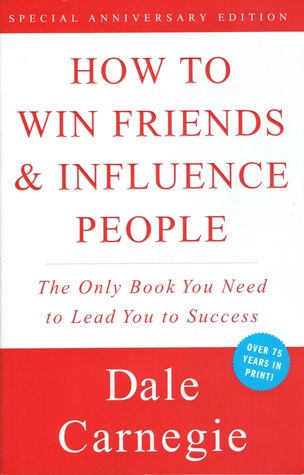I recently finished reading Dale Carnegie's How to Win Friends & Influence People, a book originally published in 1936 and filled with much wisdom that remains true today. While a lot of the supporting anecdotes are from the past, the overarching idea remains the same. I could sum this entire book up with a lesson from R.J. Palacio's Wonder: "If you have to choose between being right or being kind, choose kind."

In my interactions with kids, with adults, or even with my wife, I'm taking this book to heart. Language matters, and the reminders in this book of how we communicate and send messages to others are important. The book doesn't call for large, substantive shifts in our habits. This can all be accomplished by slowing down and appreciating the interaction between humans.
For me, I'm thinking of three specific "moves" that I can start to make today:

In my interactions with kids, with adults, or even with my wife, I'm taking this book to heart. Language matters, and the reminders in this book of how we communicate and send messages to others are important. The book doesn't call for large, substantive shifts in our habits. This can all be accomplished by slowing down and appreciating the interaction between humans.
For me, I'm thinking of three specific "moves" that I can start to make today:
- Be a good listener. Encourage others to talk about themselves.
- The only way to get the best of an argument is to avoid it.
- Let the other person save face.
This will definitely be a book that I'll return to, even if it just to skim the notes that I made along the way. The things I need to work on now might not be the same a month from now or five years from now. Regardless, interacting with others is an essential part of teaching, and I know that I can always get better.
Great stuff! How do I subscribe to this?
ReplyDelete